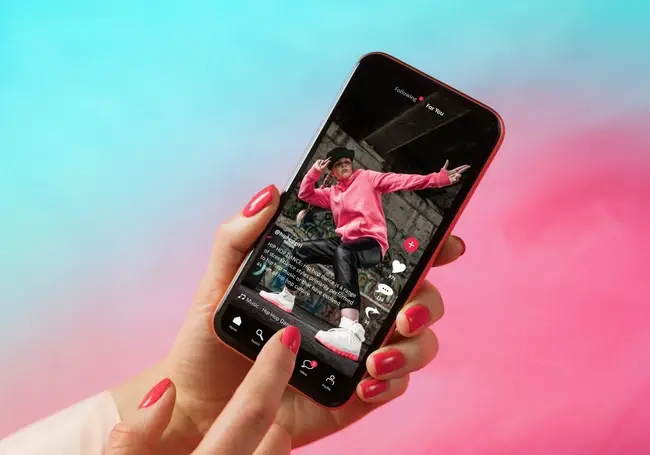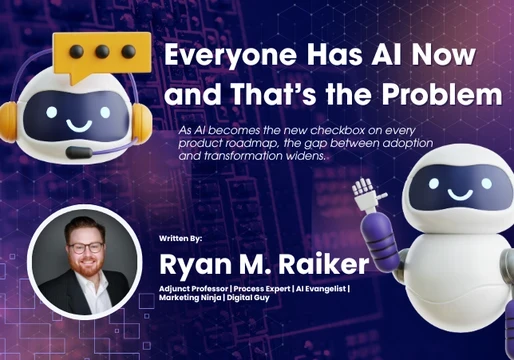TikTok have just launched a new AI feature designed to turn your pictures into dynamic, moving videos.
Users will be able to either allow the AI to intuitively make videos from their images, deciding on movement, atmospherics and even sounds to add or they can give specific text based prompts to direct the video.
The introduction of a powerful AI tool that feeds off your own personal images naturally sparks questions and concerns, particularly regarding safety and data privacy
Ready to understand what AI Alive is exactly, how it works, how to use it and, more importantly, if it's safe? We’ve got you covered with this comprehensive guide to TikTok’s latest AI innovation.

What is AI Alive?
AI Alive is Tiktok’s new feature that lets users harness the power of AI to animate existing photographs and still images into short videos.
Tiktok states that AI Alive is a ‘first-of-its-kind’ creative feature designed to help creators ‘tell richer, more visually engaging stories for their communities.’
AI Alive utilizes intelligent editing tools to enhance static images by adding movement, creative effects, sound and atmospherics.
Users are able to guide the animation process with the help of text prompting to describe the effect desired. This could, for example, make clouds move in the sky or make a face smile. If no specific prompt is given AI Alive will introduce animation to make the still image more dynamic.
The model behind AI Alive works hard to analyze the image, identify various elements and objects as well as depths and scene composition.
Armed with this information the AI is able to generate atmospheric changes such as lighting, subtle motions of objects and visual transitions. In some cases AI alive can even add relevant subtle sounds like rain or waves.
How To Use AI Alive?
Using TikTok’s new AI Alive feature is simple and available to all users.
- First open the Tiktok Story Camera by clicking on the blue plus sign located either on your Inbox or Profile page.
- Choose a photo to edit.
- Click the AI Alive Icon on the right side of the photo edit toolbar,
- Your AI Alive video will then be generated. Click post to have the video appear on your profile and public For You feeds.
Is AI Alive Safe?
Whilst new technology is exciting it is natural that there are some resistance and safety concerns, especially when it comes to feeding an AI your own personal images to manipulate. Data privacy alarm bells are understandably set off in any tech savvy user. Personal photos are not just random data points; they often hold significant emotional value and capture private moments, loved ones, and personal identities.
The idea of feeding these into an AI for manipulation, however creative the outcome, can feel like a potential violation of privacy, even if unintentional.
Users might be concerned if their personal photographs are used to further train the AI model without their explicit consent. While this can improve the AI over time, it raises questions about control over personal data.
There are also concerns around potential misinformation born out of manipulating videos. Similar to issues around Deepfakes, AI Alive could make it easier to create misleading content that blurs the lines between reality and fiction.
All AI models bring in concerns of potential algorithmic bias. AI models learn from vast datasets, and inherent biases within this data can lead to skewed or unfair outputs. For example, Google's Gemini AI image generator faced widespread criticism for exhibiting racial bias, often generating historically inaccurate images by overcompensating for diversity in its depictions of groups of people.
TikTok are making clear they are prioritizing safety during the roll out of AI Alive, hoping to assuage consumer doubts.
All AI Alive videos will display an ‘AI-Generated’ label within the TikTok app for transparency to help combat potential misinformation and help viewers contextualize the output better.
Read: Christie's Augmented Intelligence Auction Sparks Backlash on AI Art
Taking combatting AI misinformation a step further, TikTok will embed C2PA (Coalition for Content Provenance and Authenticity) metadata into AI Alive videos. C2PA metadata provides information about the origin of digital content, even if downloaded and shared outside of TikTok.
TikTok also states that AI Alive has been through ‘multiple trust and safety checks’ in order to protect the user community. Their press release indicates they have ‘moderation technology’ that will review any photos uploaded as well as any written prompts.







Comments ( 0 )